Bryce Canyon National Park Travel Guide
Step into a natural amphitheater of crimson spires, glowing hoodoos, and breathtaking vistas high in southern Utah.
Plan Your VisitAbout Bryce Canyon
Discover the wonder of Utah's unique hoodoos
Bryce Canyon National Park, located in southern Utah, is famous for its dramatic red rock formations called hoodoos — towering spires sculpted by millions of years of erosion. Despite its name, Bryce is not a canyon but a series of natural amphitheaters carved into the Paunsaugunt Plateau.
Location
Southern Utah
Area
35,835 acres
Established
1928
Elevation
8,000–9,000 feet above sea level
Highlight
International Dark Sky Park
Top Attractions
Must-see destinations in Bryce Canyon National Park
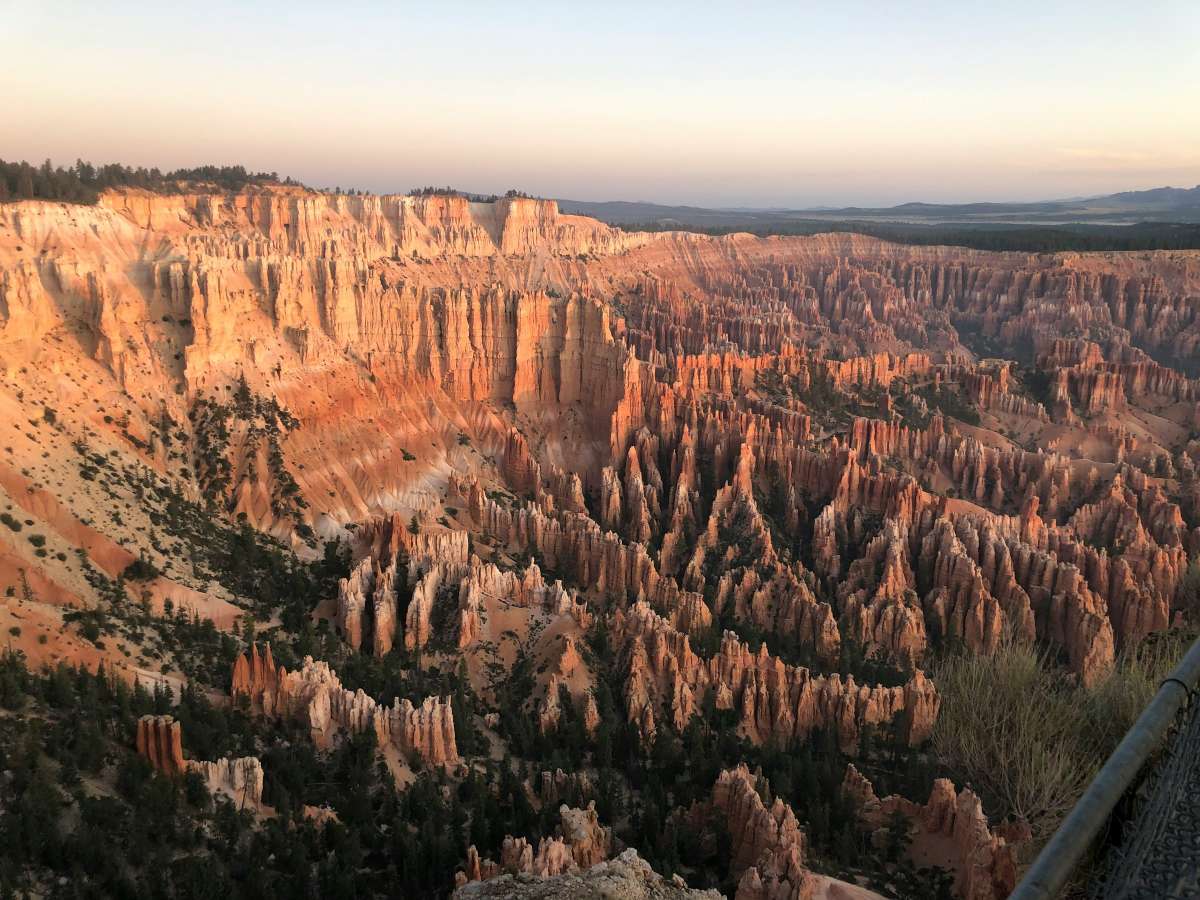
Bryce Amphitheater
The park's main viewpoint, home to Sunrise, Sunset, Inspiration, and Bryce Points. Offers the most spectacular views of the park's famous hoodoos.
Learn More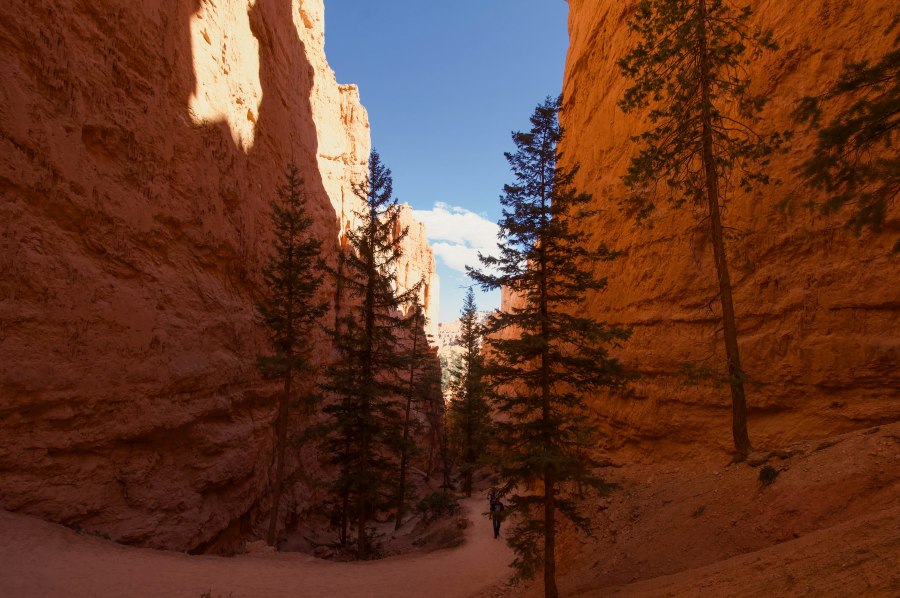
Navajo Loop Trail
A popular 1.3-mile trail that descends into the amphitheater, taking you through Wall Street, a narrow canyon with towering hoodoos.
Learn More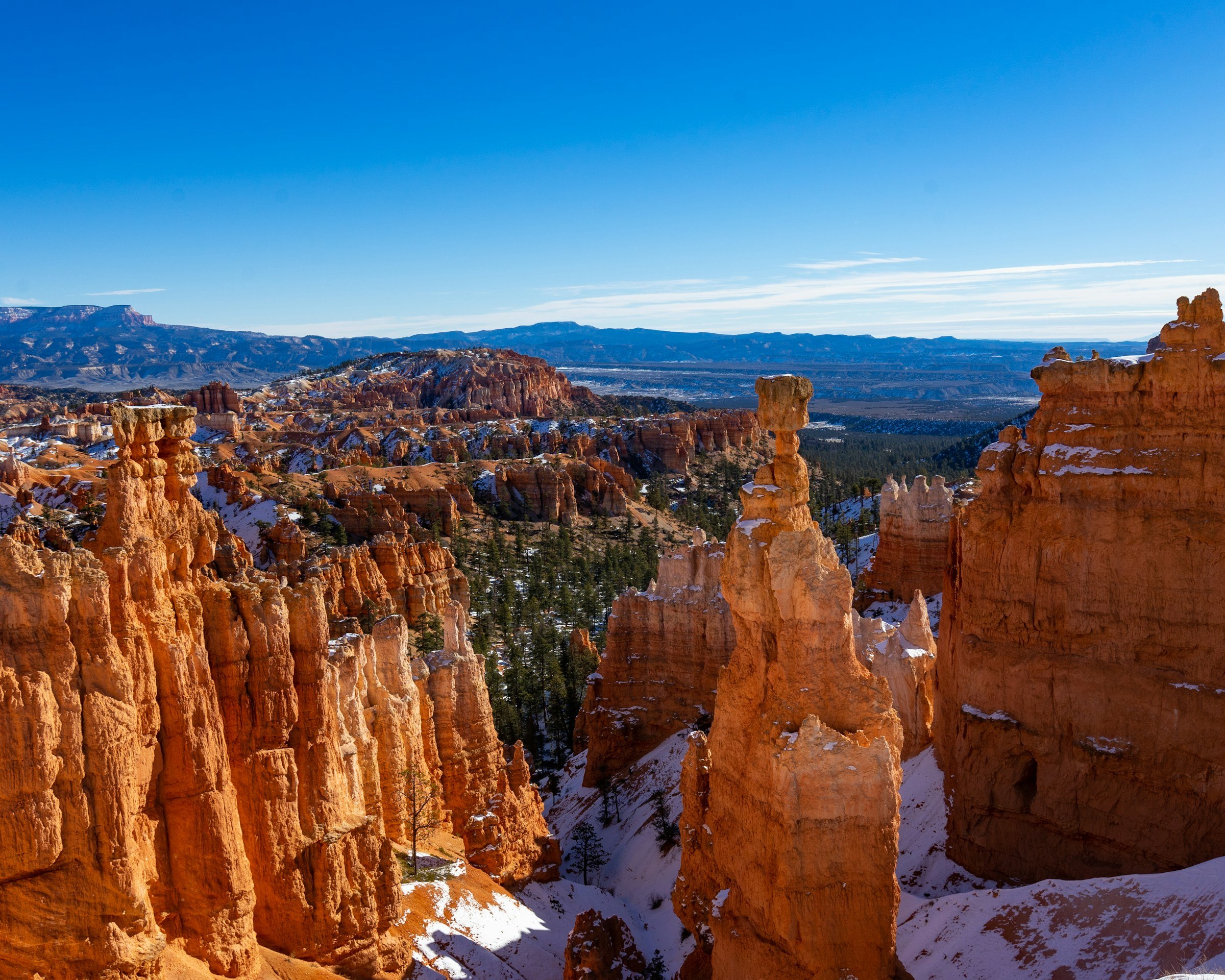
Thor's Hammer
One of the most iconic hoodoos in the park, resembling the mythological hammer of Thor. Best viewed from Sunset Point.
Learn More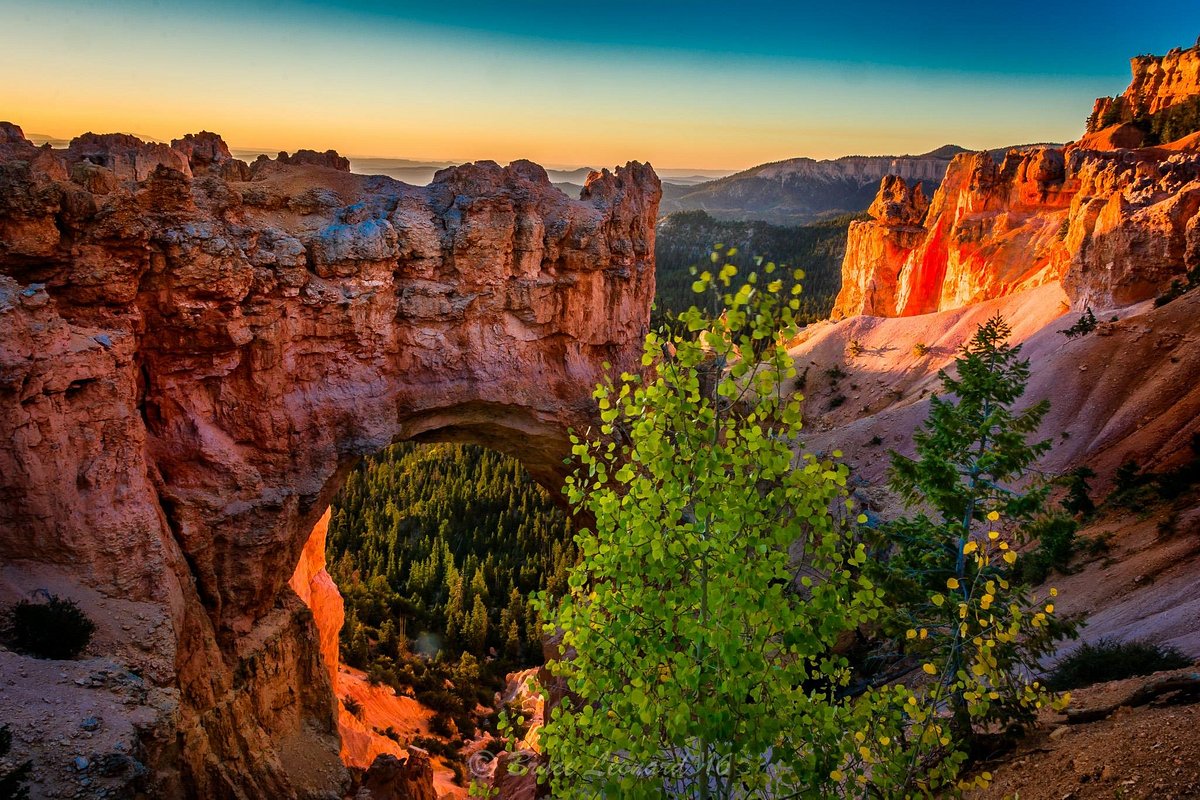
Natural Bridge
An impressive 85-foot bridge formation visible from the main scenic drive. One of several natural arches found within the park.
Learn More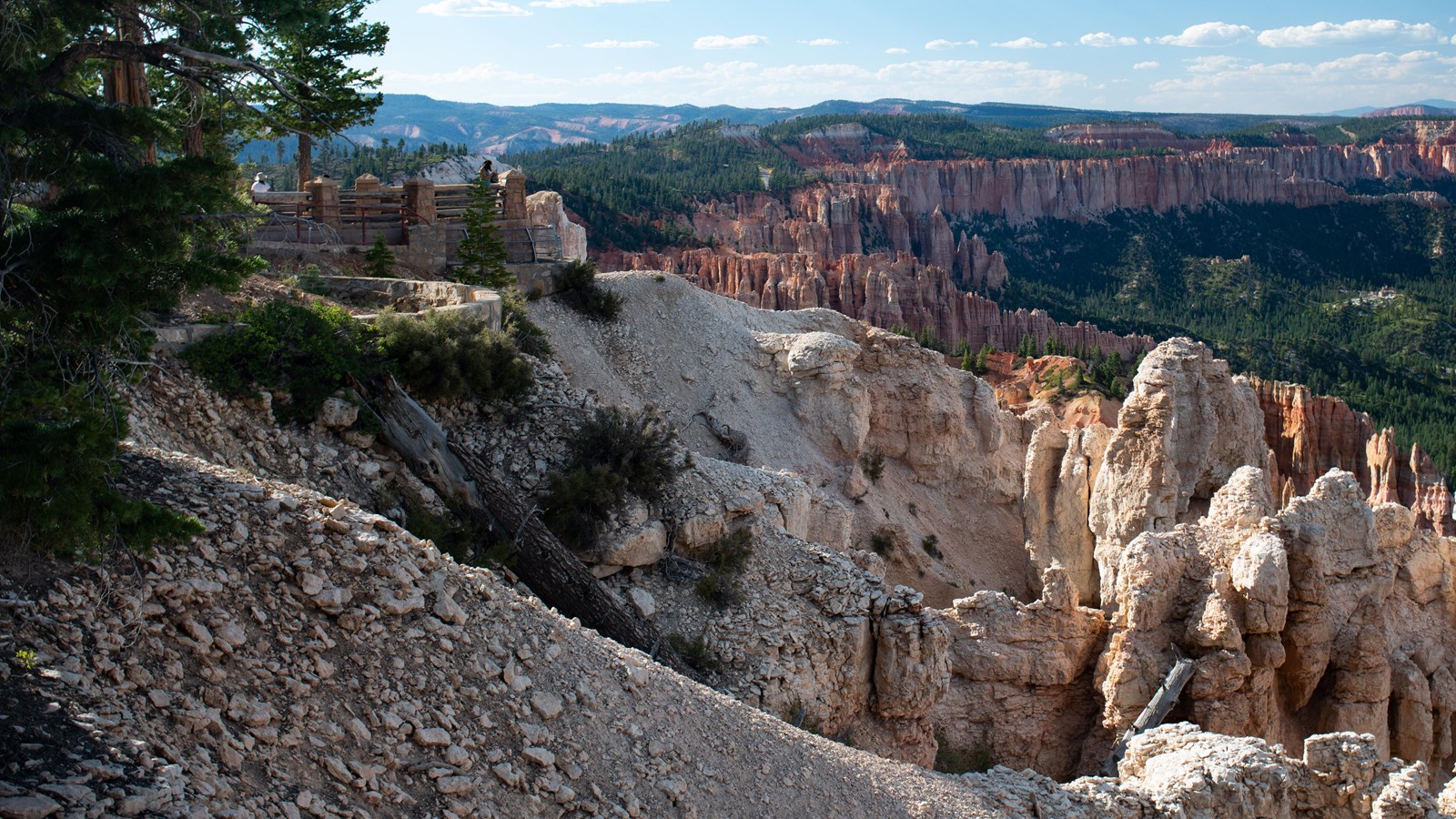
Rainbow Point
The highest viewpoint in the park at 9,115 feet, offering panoramic views of the park's colorful amphitheaters and distant landscapes.
Learn More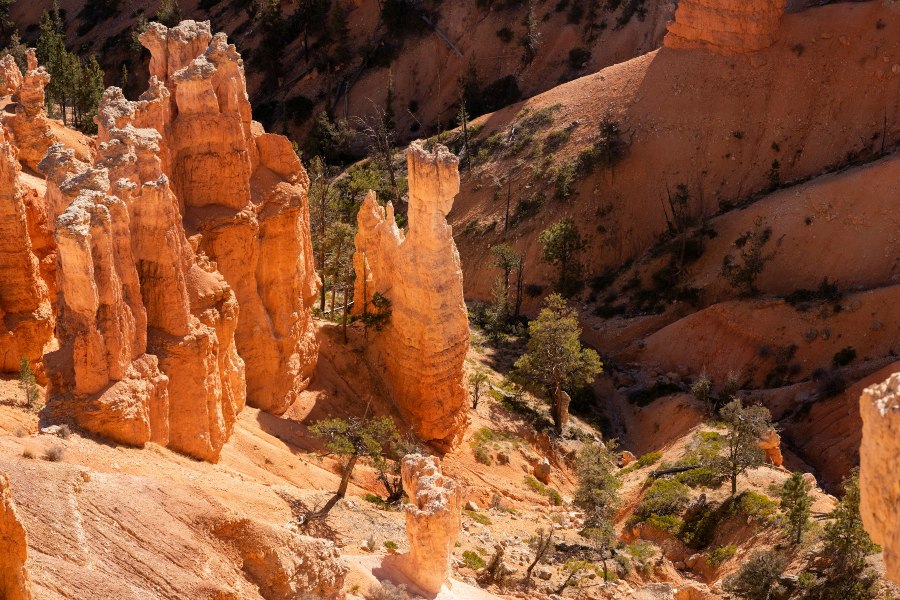
Queen's Garden Trail
A moderate 1.8-mile trail that descends into the amphitheater, featuring hoodoos resembling Queen Victoria. Can be combined with Navajo Loop.
Learn MoreThings To Do
Experience the best of Bryce Canyon National Park
Hiking
Explore over 15 hiking trails ranging from easy walks along the rim to challenging descents into the amphitheater. Popular trails include the Navajo Loop, Queen's Garden, and Fairyland Loop.
Stargazing
As an International Dark Sky Park, Bryce offers some of the darkest skies in North America. Join ranger-led astronomy programs or simply gaze at the Milky Way on your own.
Biking
Cycle along the 38-mile round-trip scenic drive or explore the park's shared-use trails. Bike rentals are available in the nearby town of Bryce Canyon City.
Winter Activities
Experience the park's magical winter landscape with snow-covered hoodoos. Activities include cross-country skiing, snowshoeing, and winter hiking on designated trails.
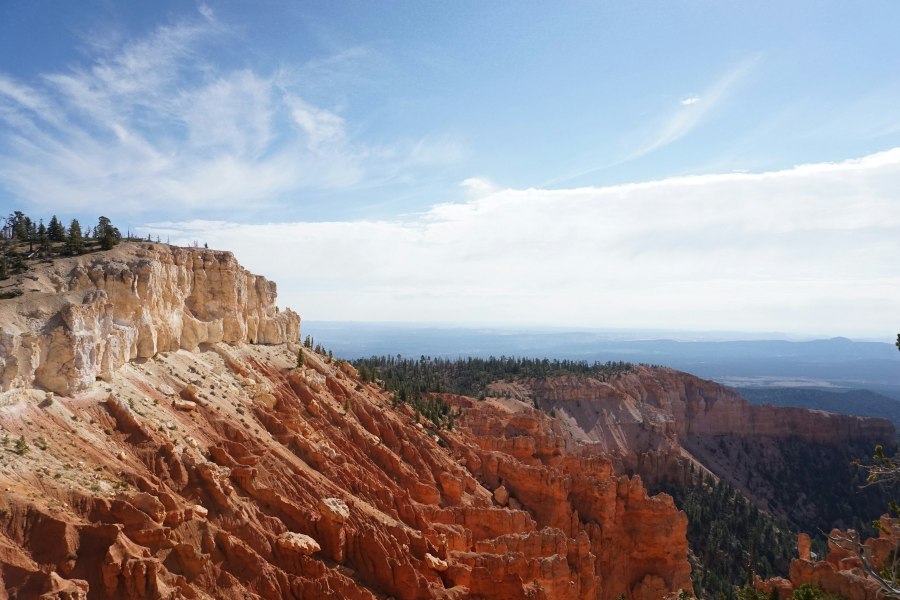
Travel Information
Essential details for planning your visit
Hours & Seasons
The park is open 24 hours a day, year-round. The visitor center is open daily except for major holidays. Summer (June-August) is the busiest season, while winter offers solitude and snow-covered landscapes.
Fees & Passes
Private vehicle: $35 (valid for 7 days). Individual: $20 (valid for 7 days). Annual park pass: $40. America the Beautiful Pass: $80 (valid for all national parks for one year).
Parking & Shuttles
Parking is limited at popular viewpoints. The free Bryce Canyon Shuttle operates from April to October, connecting the visitor center, Bryce Canyon City, and major viewpoints within the park.
Accessibility
The visitor center, Sunset Point, Sunrise Point, and Inspiration Point have accessible facilities. Several rim trails are paved and wheelchair accessible. Accessible shuttle buses are available.
Maps & Directions
Find your way to Bryce Canyon National Park
Safety & Visitor Tips
Important information for a safe and enjoyable visit
Bring plenty of water. The high elevation (8,000-9,000 feet) and dry climate can lead to dehydration quickly. Drink at least 1 gallon of water per day.
Protect yourself from the sun. At high elevations, UV radiation is stronger. Wear sunscreen, a hat, and sunglasses even on cloudy days.
Stay on designated trails. Venturing off-trail damages fragile soil crusts and vegetation. It's also easy to get lost in the maze-like hoodoos.
Be prepared for changing weather. Temperatures can vary widely, with hot days and cold nights. Summer thunderstorms are common in the afternoon.
Wildlife safety. Keep a safe distance from all animals. Never feed wildlife, as it harms their health and alters natural behaviors.
Photo Gallery
Stunning views of Bryce Canyon National Park
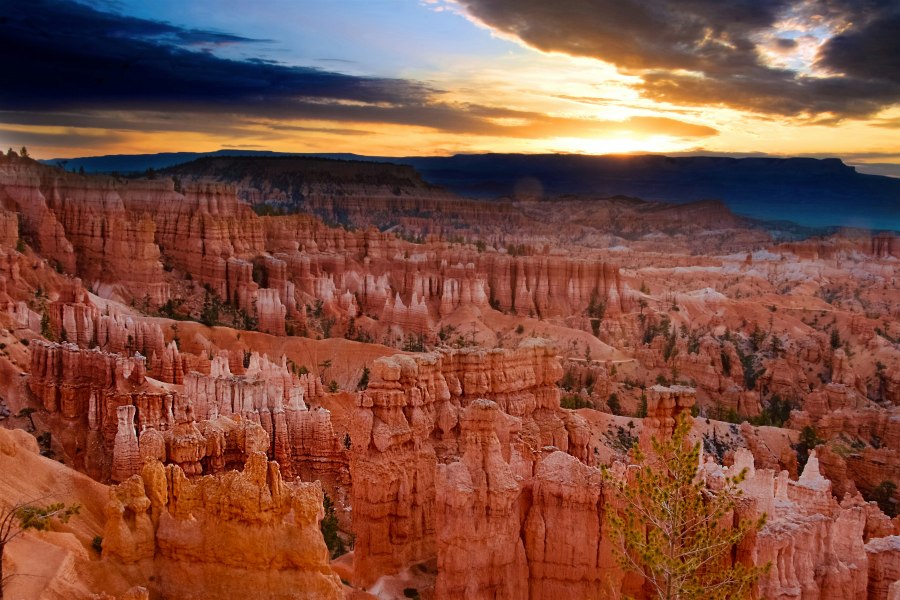
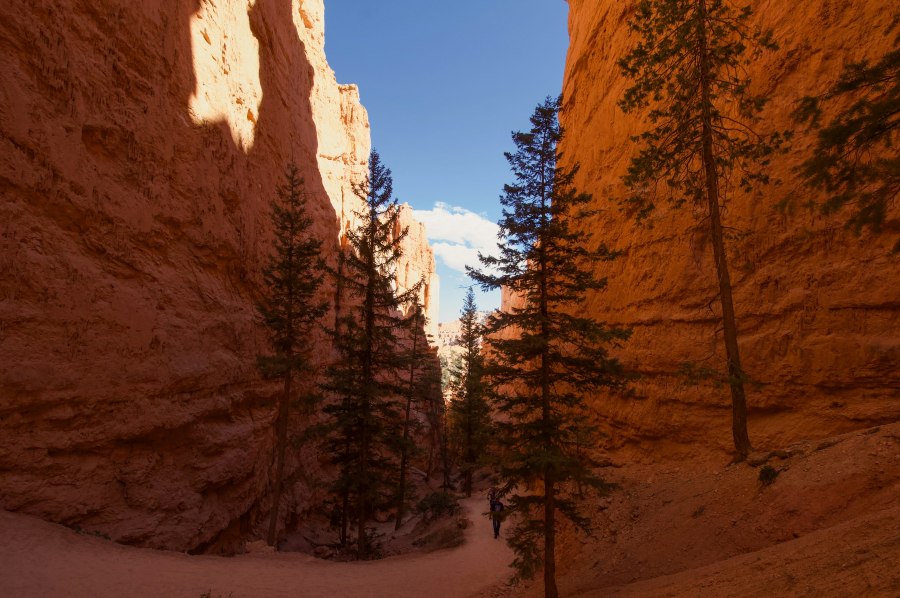
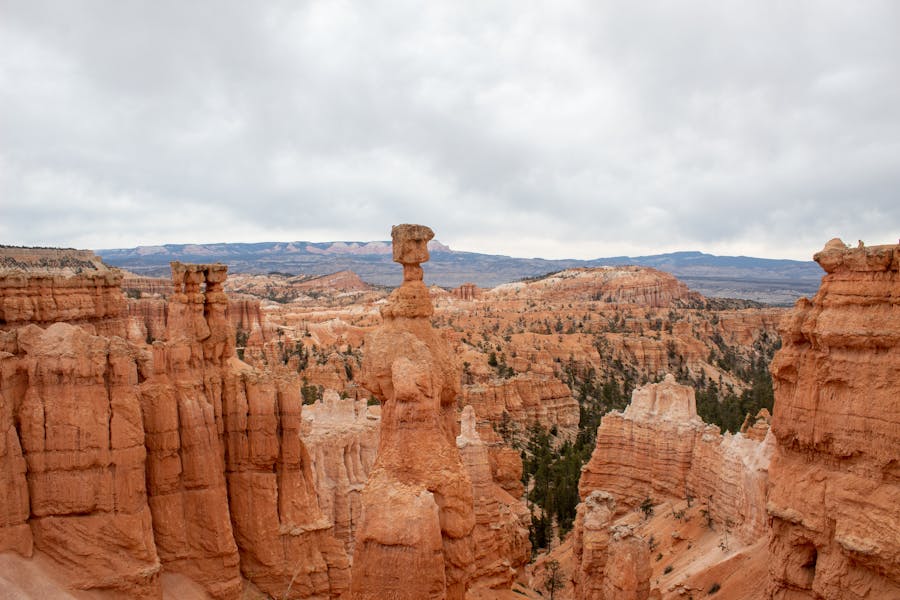
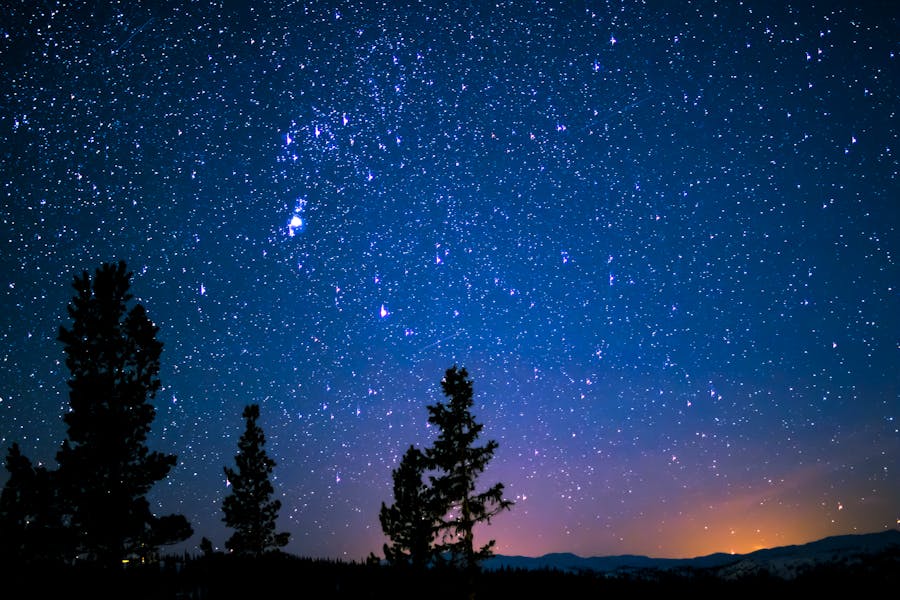
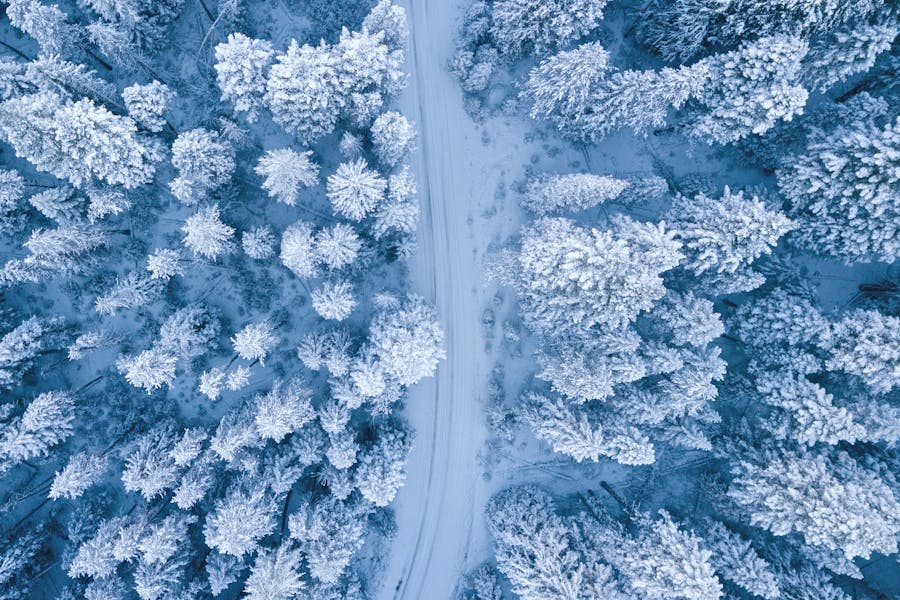
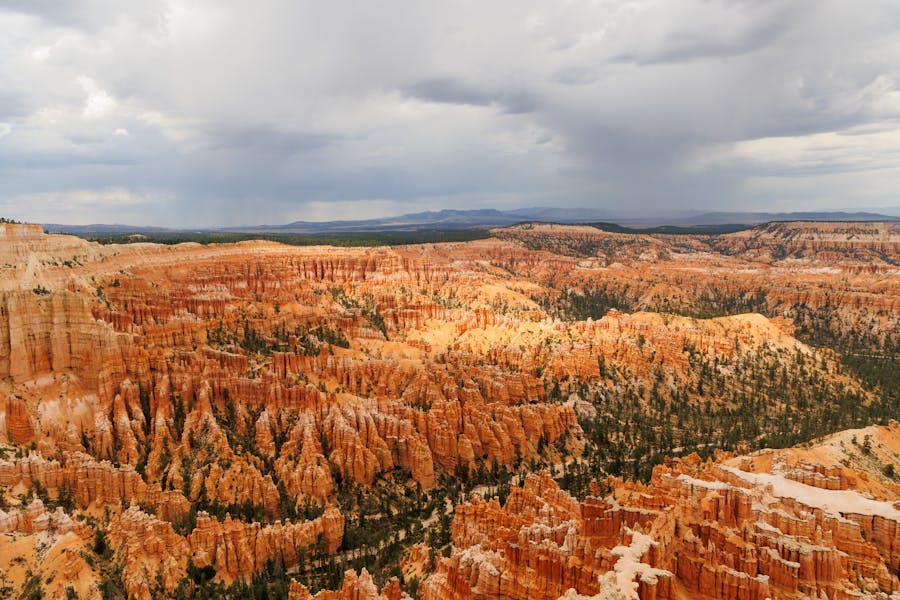
Nearby Attractions
Explore other incredible destinations in the region
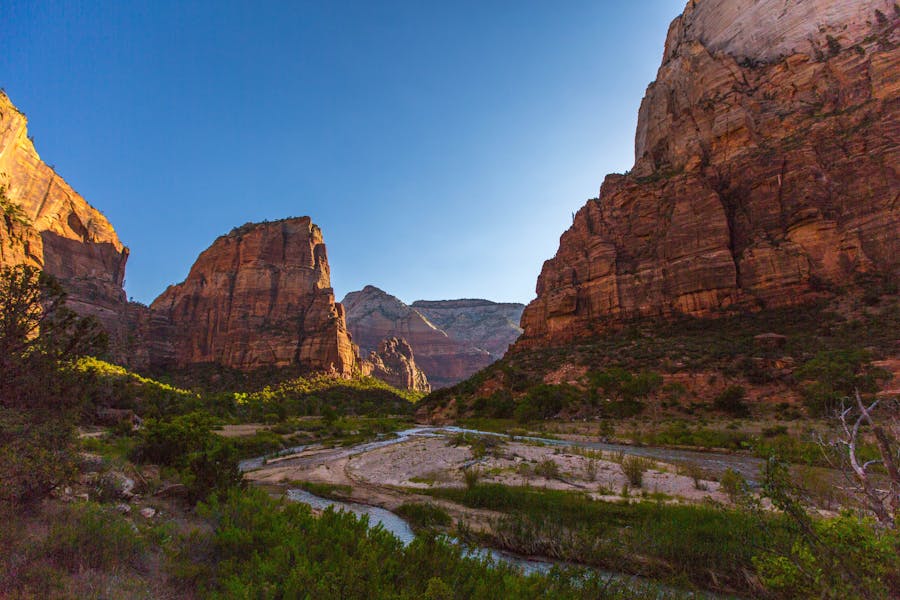
Zion National Park
Just 1.5 hours away, famous for its towering sandstone cliffs, narrow slot canyons, and the Virgin River.
Visit Zion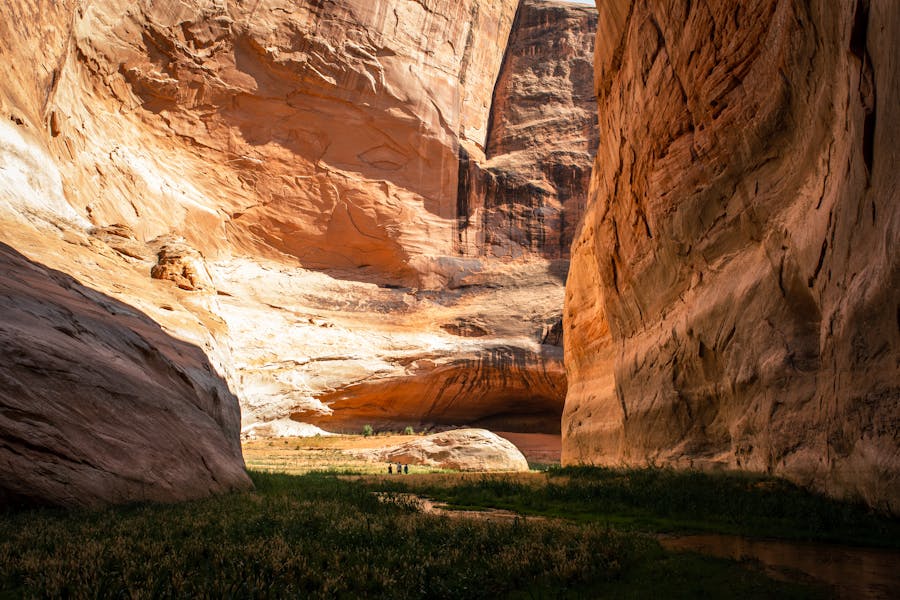
Grand Staircase-Escalante
A vast national monument with slot canyons, waterfalls, and unique rock formations just 45 minutes away.
Explore Monument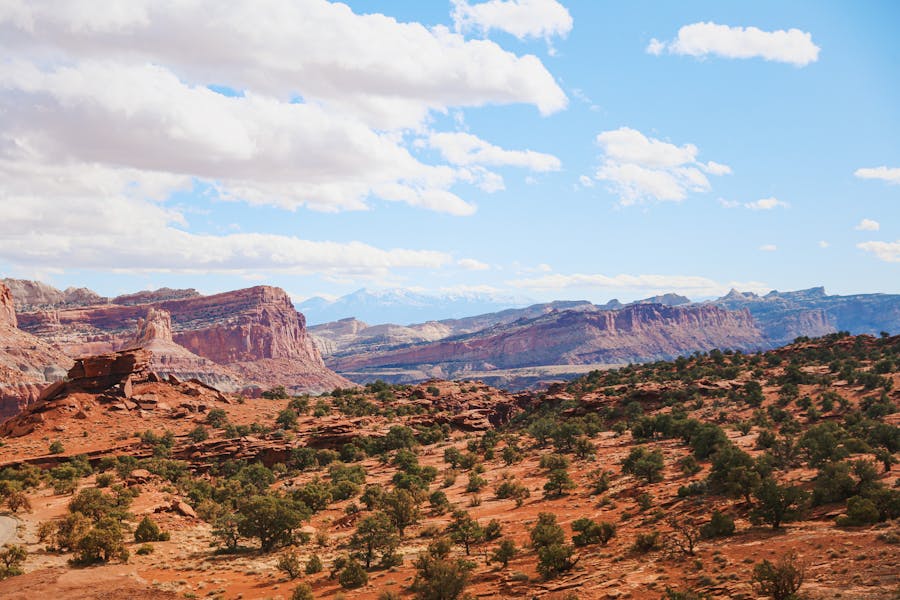
Capitol Reef National Park
About 2.5 hours away, known for its Waterpocket Fold, a 100-mile wrinkle in the Earth's crust.
Discover Capitol ReefPlan Your Bryce Canyon Adventure
Start planning your trip to one of America's most unique national parks today.
Book Your Trip Download Guide